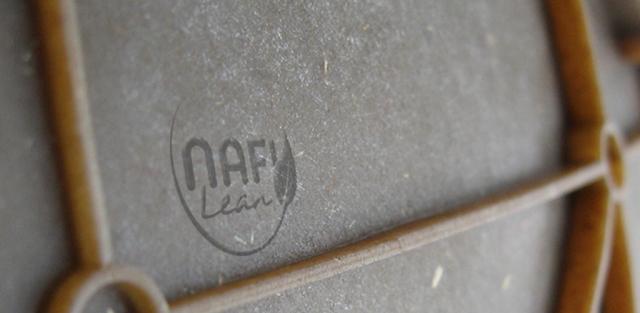St. Phatty
Active member
The way that Cannabis is handled in the US is so illogical - and so wasteful.
All the parts of the plant are useful, including the roots, from talking to some people.
Why don't Hemp Processors buy the Stems from the Medical & Recreational Growers, when they're done Manicuring ?
They got these piles of Stems, which normally get thrown away or composted.
The Stems are near-chemically identical.
All the parts of the plant are useful, including the roots, from talking to some people.
Why don't Hemp Processors buy the Stems from the Medical & Recreational Growers, when they're done Manicuring ?
They got these piles of Stems, which normally get thrown away or composted.
The Stems are near-chemically identical.



